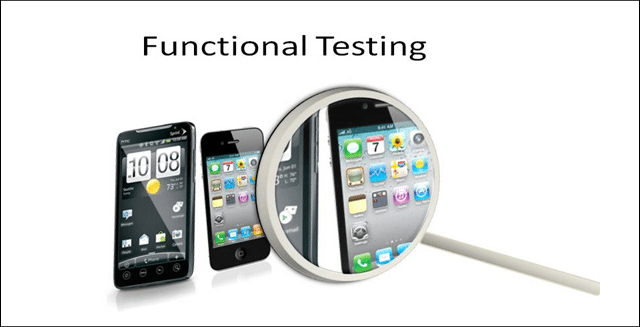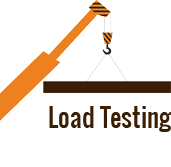“Functional Software Testing” or “Functional Testing”, as the name suggests, is checking the functions of the software application. It is a quality assurance process which has great impact in producing better quality of the software product.
[leaderad]
In simple words, you can say that “Functional testing is a process of testing the software against the business requirements”.
Goal of Functional Software Testing:
The aim of functional testing is to execute functional tests on the software application against its documented specifications. Functional testing aims to verify that the product functions as desired. It is performed to check whether the software application is performing well according to the input data or not. Functional software testing is conducted to validate the specifications/requirements.
Basic Guidelines for Conducting Functional Software Testing:
Method Used: Black box testing method
When to perform: It is performed when software is ready for functioning
By whom to be performed: It is actually done by testers and sometimes by developers.
When to start testing: It starts as soon as system design is ready and gets implemented into working system functionality.
Types of Functional Software Testing:
- Positive functional testing: This testing aims at passing the software for its specifications/requirements. It focuses on validating the input data for its expected valid output result/data.
- Negative functional testing: This testing aims at failing the software for its specifications/requirements. It focuses on providing invalid input data and getting invalid output result.
Occurrence Areas of Functional Software Testing:
- White Box Testing
- Black Box Testing
- Unit Testing
- Integration Testing
- System Testing
- Regression Testing
- Acceptance Testing
- Smoke testing
- Sanity testing
Basic Steps to perform Functional Software Testing:
Step 1: Proper understanding of the requirements before testing
Step 2: Preparation of test plan and test cases
Step 3: Preparation of test data/input for the functional test
Step 4: Execution of test cases both manually and automatically
Step 5: At the end, comparison of the expected and actual output result
Pros:
- Testing detects defects early in the development phase
- Minimizes functional gaps
- Minimizes testing time
- Business and customer requirements satisfaction
- Causes early closing of bugs/defects
- Testing is also performed using automated function testing tools
Cons:
- Can’t resolve all bugs from the software application
Conclusion
Functional software testing accurately saves your costs and results in productivity improvements. It tests the system against the functional requirements/specifications. It identifies the functions that the software is expected to perform and compares the actual with expected outputs. When test cases are created directly from business requirements, Functional Software Testing gets more effective.
Have something to add to this story? Share your views in the comments section below!




